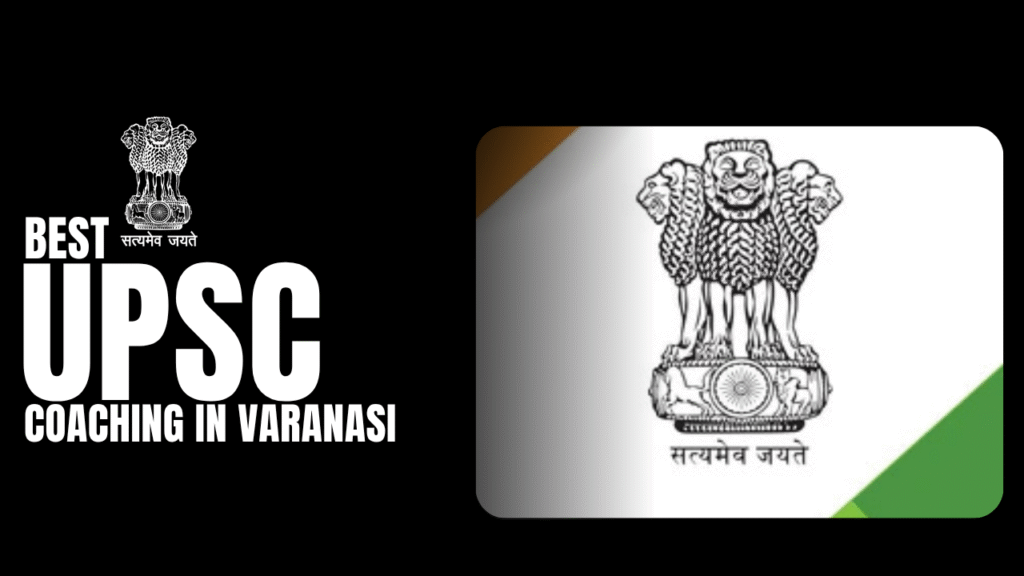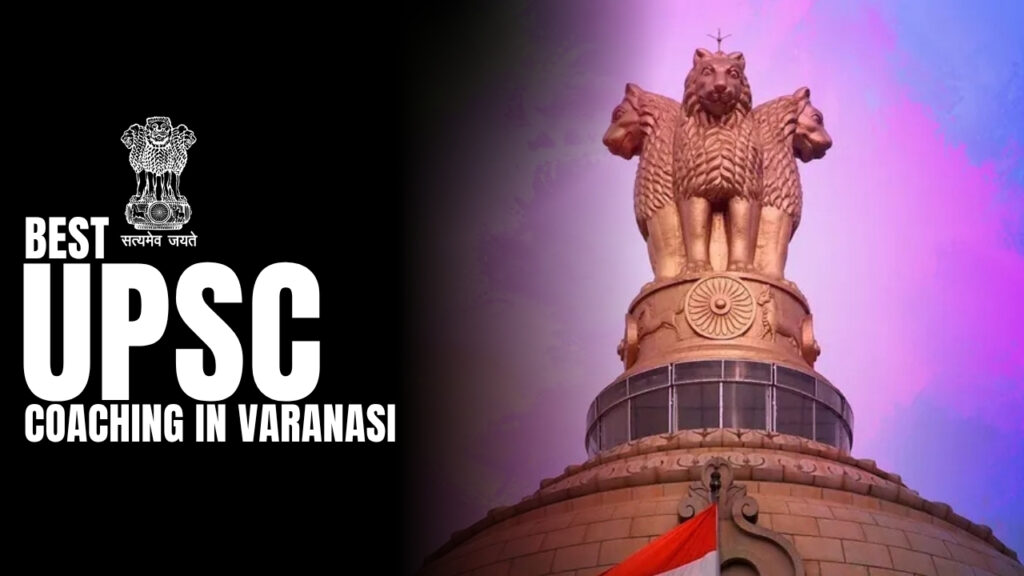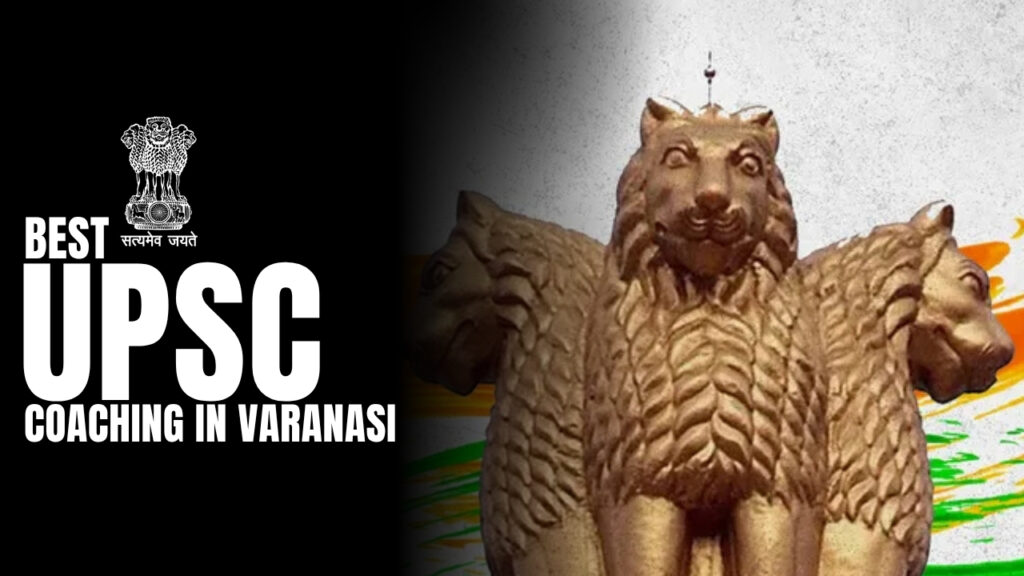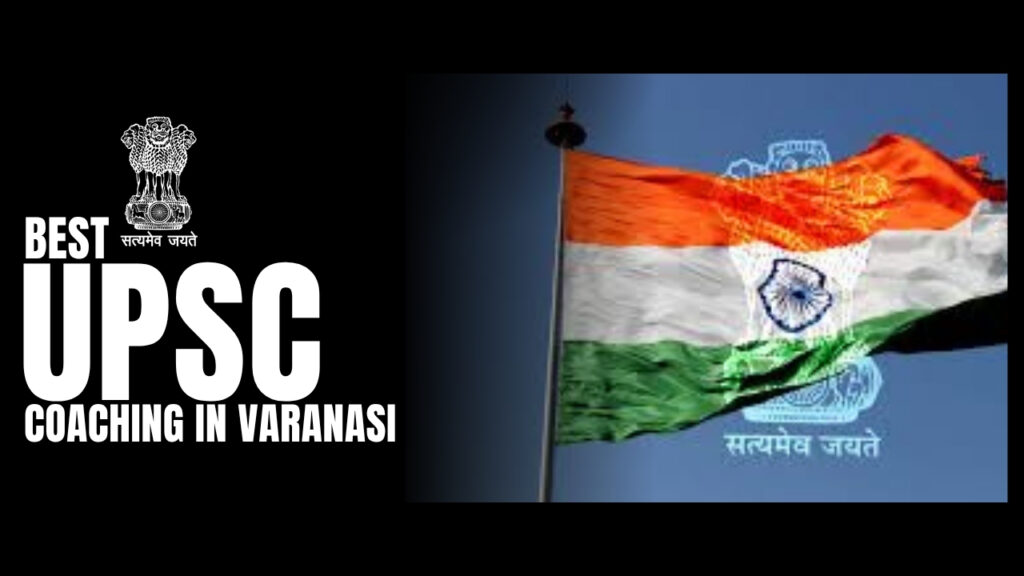DAILY CURRENT AFFAIRS IAS | UPSC Prelims and Mains Exam – 23rd June – 2025
Archives (PRELIMS Focus) Expansionary policy and economic slowdown Category: ECONOMICS Context: India have recently turned expansionary to address a slowing economy Decoding Context: Key Points: RBI’s Expansionary Monetary Policy: The Reserve Bank of India (RBI) has cut the policy repo rate in two successive meetings, now at 5.5%. Falling inflation (within the 4% ± 2% target) has provided room for rate cuts. The aim is to stimulate private investment and growth. Fiscal Policy Shifts: Recent income tax cuts point to an expansionary fiscal stance. These are intended to increase disposable income and consumer spending. Policy Coordination Challenge: For macroeconomic stability, fiscal and monetary policy must be coordinated. If fiscal policy is expansionary but monetary policy is tight (or vice versa), the effects may cancel each other out. Household Behavior Issues: Households may delay spending tax gains, due to uncertainty or a forward-looking mindset, limiting the intended stimulus impact. Muted Growth Signals: Despite policy support, growth is weak: GDP forecast at 6.5%, credit growth fell to 9%, and unemployment rose to 5.6% in May 2025. Deficit Risk: Tax cuts may lead to a revenue shortfall, increasing the fiscal deficit unless offset by spending cuts. This could undermine long-term fiscal sustainability. Learning Corner: Tools to Adopt Expansionary Policy During Economic Slowdown During an economic slowdown, governments and central banks adopt expansionary policies to boost demand, investment, and employment. These tools can be categorized into fiscal and monetary measures: Fiscal Policy Tools (Handled by the Government) a) Increased Government Spending Direct investment in infrastructure, public services, welfare programs, etc. Boosts aggregate demand and creates jobs. b) Tax Cuts Reduction in personal income tax, corporate tax, or GST. Increases disposable income and encourages spending and investment. c) Subsidies & Transfers Targeted subsidies (e.g., on food, fuel) or cash transfers (like PM-KISAN). Helps low-income households maintain consumption during downturns. d) Public Sector Employment Schemes Programs like MGNREGA in India provide rural employment and support consumption. Monetary Policy Tools (Handled by the RBI or Central Bank) a) Repo Rate Cuts Reducing the repo rate lowers borrowing costs for banks, which passes on to consumers and businesses. Encourages loans and investment. b) Reduction in CRR/SLR Lower Cash Reserve Ratio (CRR) or Statutory Liquidity Ratio (SLR) frees up more funds for banks to lend. c) Open Market Operations (OMOs) Central bank buys government bonds to inject liquidity into the banking system. d) Quantitative Easing (QE) (used in advanced economies) Large-scale asset purchases by the central bank to infuse liquidity. e) Forward Guidance Assuring markets of low interest rates in the future to build investor confidence. Other Supportive Measures Credit Guarantee Schemes for MSMEs Regulatory Forbearance: Relaxation in banking norms to sustain credit flow Incentives for Exports/Startups Objective of Expansionary Policies Boost aggregate demand Increase employment Stimulate private investment Prevent deflation or recession Source: THE HINDU Antimicrobial Resistance Category: ENVIRONMENT Context: Fighting antimicrobial resistance with insect-based livestock feed Key Highlights: Problems with Traditional Livestock Feed: Leads to high greenhouse gas emissions, water and land use. Drives antimicrobial resistance (AMR) due to overuse of antibiotics. AMR is a growing threat with projected deaths increasing to 10 million by 2050 if unchecked. Insect-Based Feed: A Sustainable Alternative: Insects like black soldier fly larvae, crickets, locusts, etc., are being considered as high-protein feed sources. They can convert organic waste into protein-rich feed, reducing waste and emissions. Uses less land and water, produces fewer emissions, and is cost-effective. Indian Initiatives: CIBA and ICAR have signed MoUs to explore and scale up insect feed in shrimp and fish farming. Research is ongoing to evaluate nutritional benefits and scalability. Scientific Evidence: Insects offer better digestibility than soy or fish meal. 1 kg of soymeal can be replaced by 0.76 kg of crickets or 0.88 kg of locusts, making it efficient. They are rich in amino acids, healthy fats, and micronutrients. Global Support: The UN FAO supports insect farming to reduce AMR and meet rising protein demand sustainably. Learning Corner: Antimicrobial Resistance (AMR) What is Antimicrobial Resistance (AMR)? Antimicrobial Resistance (AMR) occurs when microorganisms such as bacteria, viruses, fungi, and parasites evolve and no longer respond to medicines like antibiotics, antivirals, or antifungals. This makes infections harder to treat, increasing the risk of disease spread, severe illness, and death. Causes of AMR Overuse and misuse of antibiotics in humans and animals Incomplete dosage or self-medication Overuse in agriculture and livestock Poor infection control in hospitals and clinics Environmental contamination from pharmaceutical waste Global Impact AMR is a growing global health threat. Could cause 10 million deaths annually by 2050 if unchecked. Increases treatment costs, hospital stays, and mortality. Ways to Reduce AMR Rational Use of Antibiotics Prescribe only when necessary and complete the full course. Avoid self-medication and over-the-counter antibiotic use. Responsible Use in Agriculture Ban non-therapeutic use of antibiotics in animal feed. Promote alternatives like insect-based feed and vaccines. Improved Hygiene and Sanitation Handwashing, clean water, and infection control reduce the need for antibiotics. Stronger Surveillance and Regulation Monitor antibiotic use and resistance patterns. Enforce strict guidelines in healthcare and veterinary sectors. Promote R&D Invest in new antibiotics, diagnostics, and vaccines. Public Awareness Educate communities on the dangers of AMR and safe medicine practices. India’s Efforts National Action Plan on AMR (2017–2021) Red Line Campaign: Marking prescription-only antibiotics with a red line FSSAI regulations to curb antibiotic use in food-producing animals Source: THE HINDU INS Tamal Category: DEFENCE Context : INS Tamal to be commissioned on July 1, 2025 Key Highlights Final Foreign-Built Warship: Marks the end of India’s reliance on foreign-built warships as focus shifts to indigenous shipbuilding under ‘Atmanirbhar Bharat’. Class & Design: 8th Krivak-class frigate 2nd in the upgraded Tushil-class (evolved from Talwar and Teg classes) Displacement: 3,900 tonnes | Length: 125m | Speed: 30+ knots Crew: Over 250 | Blue-water endurance Weapons & Systems: BrahMos cruise missiles, Shtil SAMs A190-01 100mm main gun CIWS, torpedoes, ASW rockets Advanced radar, EW, and electro-optical systems Network-centric warfare capable Indigenous Contribution: 26% Indian-made components Learning Corner: Frigates in Indian Defence What Are Frigates? Frigates
DAILY CURRENT AFFAIRS IAS | UPSC Prelims and Mains Exam – 23rd June – 2025 Read More »





